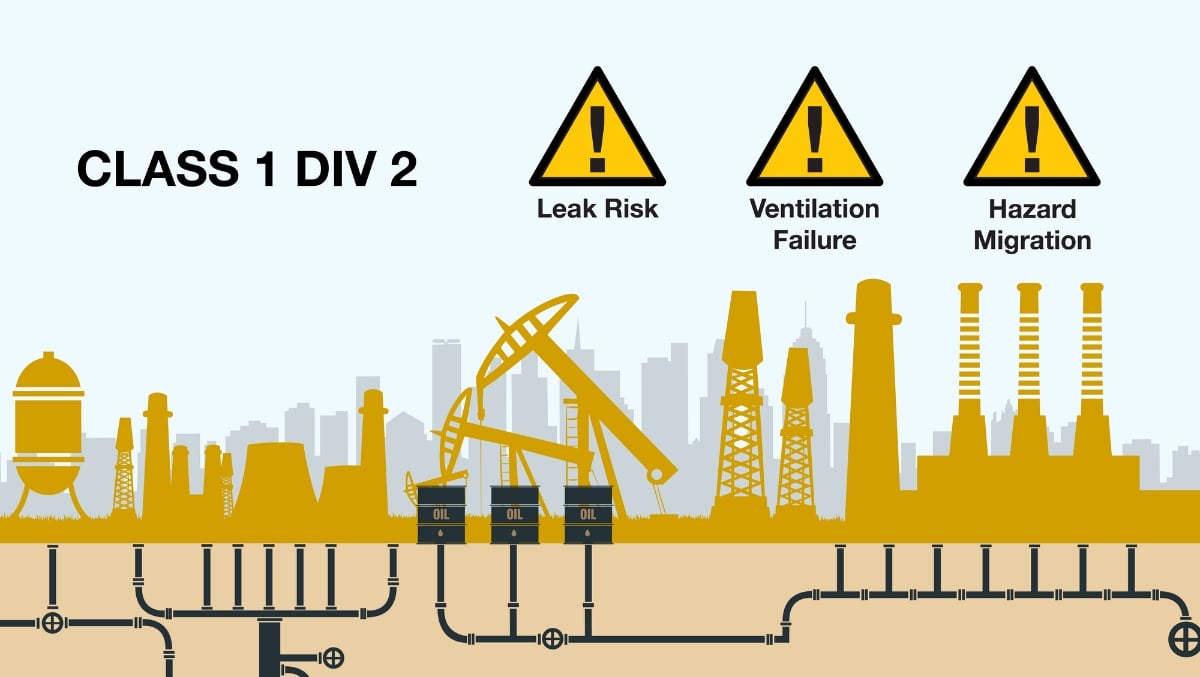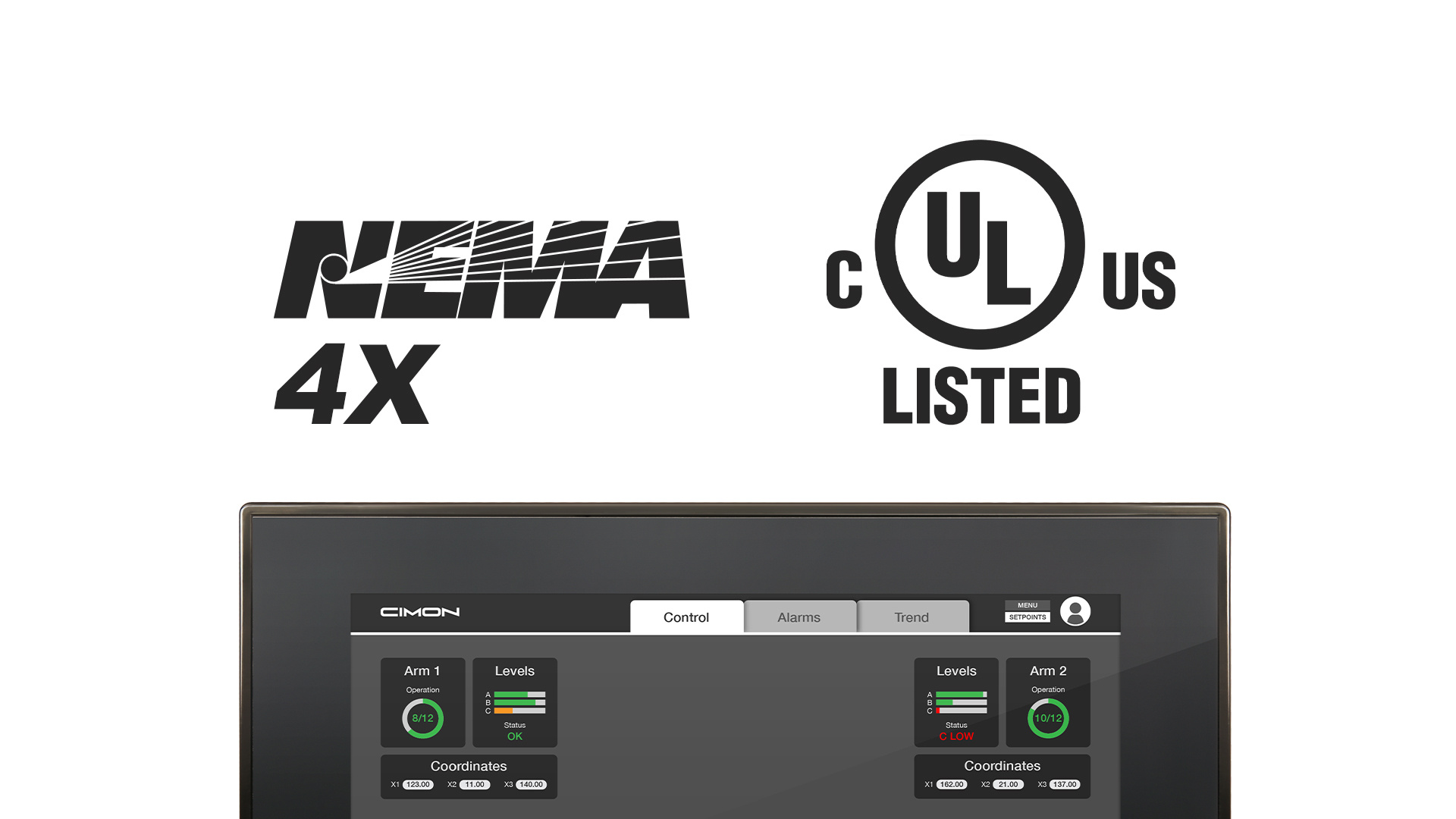Understanding Class 1 Division 2: Enhancing Safety in Hazardous Locations
When discussing the design and safety standards of electrical equipment for hazardous locations, the term "Class 1 Div 2" often comes into play. Understanding what Class 1 Division 2 (Class 1 Div 2) entails is crucial for appreciating its impact on the safety and functionality of devices in these environments. This classification, set by the National Electrical Code (NEC) in the United States, highlights the importance of specific safety measures and design considerations for equipment operating in potentially explosive atmospheres.

What Does Class 1 Div 2 Mean?
The NEC, under the National Fire Protection Association (NFPA), classifies hazardous locations based on the presence and potential concentration of flammable materials. Class 1 Div 2 refers to areas where flammable gases, vapors, or liquids might be present under normal operations but are unlikely to be in concentrations that pose explosion risks. However, it's important to remember that failing to adhere to Class 1 Div 2 standards can still be dangerous. Electrical sparks or hot surfaces from non-compliant equipment could ignite flammable materials, causing explosions and severe injuries.
Areas covered by this classification include:
- Environments where flammable liquids or gases are processed or used within closed systems that could leak due to accidental rupture.
- Spaces ventilated to prevent ignitable concentrations of flammable materials yet could become hazardous if ventilation equipment fails.
- Areas adjacent to Class 1 Div 1 locations, where flammable materials could occasionally migrate under abnormal conditions.

The Critical Role of Class 1 Div 2 for HMI Devices
Human-Machine Interfaces (HMIs) are essential in industrial settings, allowing for the control of machinery and processes. For HMIs used in hazardous locations, meeting Class 1 Div 2 standards is crucial. This ensures that these devices are safe for use in environments with potential flammable gases or vapors, preventing them from becoming ignition sources in explosive settings.
Class 1 Div 2 compliant HMIs typically incorporate specific features to mitigate ignition risks. These features may include:
- Non-sparking Design: Materials and components that minimize the generation of sparks during operation.
- Intrinsically Safe Circuits: Electrical circuits with limited energy output, ensuring they cannot produce ignition-causing sparks even under fault conditions
Particularly in industries like oil and gas, chemical manufacturing, pharmaceuticals, and medical fields, adhering to Class 1 Div 2 standards is vital. These sectors often operate in environments with a heightened risk of explosive atmospheres, making selecting compliant equipment a top priority for safety and operational integrity.
.jpg?width=800&height=451&name=3%20(1).jpg)
CIMON's nXT: A Prime Example of Class 1 Div 2 Compliant HMI
A leading example of HMI technology that meets the Class 1 Div 2 safety standards is CIMON's nXT. This advanced interface is designed specifically for hazardous environments, offering robust features that ensure safe and efficient operation. The nXT is engineered to withstand the challenges of such settings, including preventing ignition in atmospheres that could potentially contain explosive gases or vapors.
Conclusion
Understanding the importance of Class 1 Div 2 classification is crucial for professionals in hazardous environments, ensuring the safe operation of electrical equipment. This understanding guides the selection of safe, compliant devices for industries with elevated risks, like oil and gas or medical sectors. Devices like CIMON's nXT embody the intersection of safety, innovation, and usability, serving as a benchmark for HMI technology in hazardous locations. As industries continue to evolve, integrating safety with technological advancement becomes ever more critical, making Class 1 Div 2 compliance a key consideration in developing and deploying industrial equipment.



